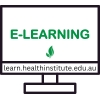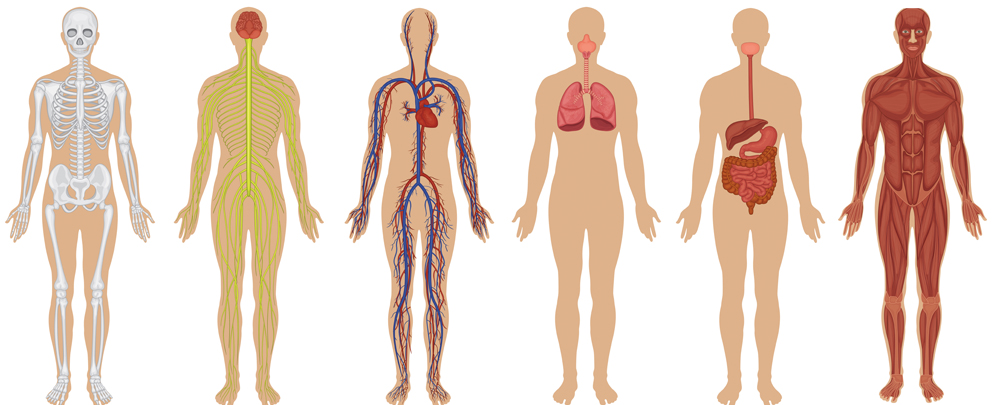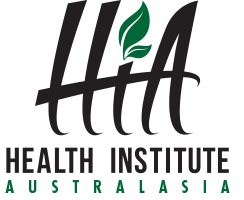
HIAAYU02 – Unit 02: Historical and Philosophical background of Ayurveda
September 29, 2016
HIAAYU04 – Unit 04: Determining Body Type (prakruti)
October 27, 2016Diploma of Ayurvedic Lifestyle Consultation HLT52615
Total number of units – 18
- HLTAYV001 Develop Ayurvedic practice
- HLTAYV002 Make Ayurvedic lifestyle assessments
- HLTAYV003 Provide Ayurvedic bodywork therapies
- HLTAYV004 Provide Ayurvedic lifestyle advice
- HLTAYV005 Provide advice on Ayurvedic nutrition
- HLTAAP002 Confirm physical health status
- HLTWHS004 Manage work health and safety
- HLTINF004 Manage the prevention and control of infection
- CHCDIV001 Work with diverse people
- CHCCOM006 Establish and manage client relationships
- CHCLEG003 Manage legal and ethical compliance
- BSBSMB404 Undertake small business planning
- CHCAGE001 Facilitate the empowerment of older people
- CHCCCS001 Address the needs of people with chronic disease
- CHCDIS007 Facilitate the empowerment of people with disability
- CHCMHS001 Work with people with mental health issues
- CHCPRP003 Reflect on and improve own professional practice
- HLTAID011 – Provide First Aid
PRACTICAL TRAINING
You will be required to attend the HIA Gold Coast campus on 4 occasions, to complete your practical training, which includes; Abhyanga, Kati basti, Shirodhara and conducting Ayurvedic Lifestyle Consultations.
- Three-day practical training – Abhyanga (massage). Gold Coast campus
- Three-day practical training – Kati basti and Shirodhara. Gold Coast campus
- Seven-day retreat – Nirvana Wellbeing retreat. Gold Coast
- Seven-day practicum – Ayurvedic consultations / treatments / assessment. Gold Coast campus
Course 3 – HIAAYU3
Defining the Ayurvedic Body
Table of Contents
LESSON 3.1 Microcosm of the Macrocosm
Topic 3.1.1 Before History
Topic 3.1.2 Definition: Microcosm, Macrocosm
Topic 3.1.3 Creation Theory
Topic 3.1.4 Concept of five universal elements, Pancha Maha bhootas
Topic 3.1.5 Causal, Subtle and Gross elements
Topic 3.1.6 Primordial pentads in Nature and the Body
Topic 3.1.7 Primordial pentads and the three Doshas
Topic 3.1.8 Primordial pentads, Disease and Treatment
Topic 3.1.9 Primordial pentads Drugs and Pharmological actions
Topic 3.1.10 Primordial pentads and seasons and tastes
Topic 3.1.11 Primordial pentads and Diet
Topic 3.1.12 Primordial pentads and the gunas
Topic 3.1.13 The Great Omni-Substances, Trigunas
Topic 3.1.14 The Body Matrix
Topic 3.1.15 Doshas
LESSON 3.2 Tridoshas
Topic 3.2.1 Definition of tridoshas
Topic 3.2.2 Qualities and functions of the 3 Doshas
Topic 3.2.3 3 main sites of the Doshas
Topic 3.2.4 Clinical manifestations of increased and decreased doshas
LESSON 3.3 Sub doshas
Topic 3.3.1 Definition of subdoshas
Topic 3.3.2 The 5 sub doshas of vata
Topic 3.3.3 The 5 sub doshas of pitta
Topic 3.3.4 The 5 sub doshas of kapha
LESSON 3.4 Seven tissues (sapta dhatus)
Topic 3.4.1 Overview of the seven tissues
Topic 3.4.2 Nutrient fluid tissue (rasa)
Topic 3.4.3 Blood tissue (rakta)
Topic 3.4.4 Muscle tissue (mamsa)
Topic 3.4.5 Fatty tissue (meda)
Topic 3.4.6 Bone tissue (asthi)
Topic 3.4.7 Marrow or nerve tissue (majja)
Topic 3.4.8 Reproductive tissue (shukra)
Topic 3.4.9 Secondary tissues (upa dhatus)
LESSON 3.5 Ayurvedic Digestion
Topic 3.5.1 Immunity and essence (ojas)
LESSON 3.6 Biological fire (agni)
Topic 3.6.1 Definition of Agni
Topic 3.5.2 Doshas and agni (vishama, tikshna, manda)
Topic 3.5.3 Disturbance of agni
LESSON 3.7 Toxicity (ama)
Topic 3.7.1 Definition of ama
Topic 3.7.2 Signs and symptoms of ama
Topic 3.7.3 Treatment of ama (deepena, pachana, langhana)
LESSON 3.8 Three wastes (tri malas)
Topic 3.8.1 Definition of the three wastes (tri malas)
Topic 3.8.2 Feces (purisha)
Topic 3.8.3 Urine (mutra)
Topic 3.8.4 Sweat (sweda)
LESSON 3.9 Enumeration and material anatomy
(sankhya sharira and pramana sharira)
Topic 3.9.1 Enumeration of dosha, dhatus and malas
LESSON 3.10 Channel Systems (srotas)
Topic 3.10.1 Defining Srotas
Topic 3.10.2 Nutrient fluid channel (rasa vaha srota)
Topic 3.10.3 Blood channel (rakta vaha srota)
Topic 3.10.4 Muscle channel (mamsa vaha srota)
Topic 3.10.5 Adipose channel (meda vaha srota)
Topic 3.10.6 Bone channel (asthi vaha srota)
Topic 3.10.7 Nervous channel (majja vaha srota)
Topic 3.10.8 Reproductive channel (shukra vaha srota)
Topic 3.10.9 Food channel (anna vaha srota)
Topic 3.10.10 Fluid carrying channel (udaka vaha srota)
Topic 3.10.11 Vital force channel (prana vaha srota)
Topic 3.10.12 Urine channel (mutra vaha srota)
Topic 3.10.13 Faeces channel (purisha vaha srota)
Topic 3.10.14 Sweat channel sweda vaha srota)
Topic 3.10.15 Mentrual fluid channel (artava vaha srota)
Topic 3.10.16 Breast milk channel
Topic 3.10.17 Mind channel (mano vaha srota)
Topic 3.10.18 Signs of abnormal flow in channels (srotas)
LESSON 3.11 Embryology (garbha sharira)
Topic 3.11.1 Embryology (garbha)
Topic 3.11.2 Ceremony concerned with conception (garbhadhana)
Topic 3.11.3 Formation of foetus (garbha parivruddhi)




